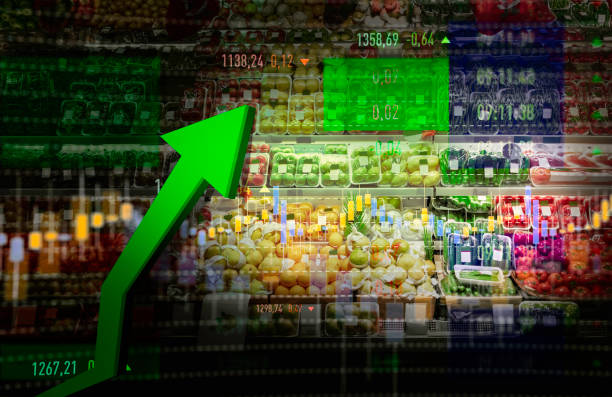
FAO: Closing gender gap in agri-food systems can boost global economy by $1 trillion
If just half of small-scale farmers benefited from the development programs that targeted women, it could significantly boost the incomes of 58 million more people and increase the resilience of another 235 million, as per the report.
This will cut the world’s food insecurity by approximately two percentage points. And reduce the number of people living in food insecurity to 45 million.
This report is the first of its kind since the year 2010 (State of Food and Agriculture (SOFA) 2010-11 Women in Agriculture – closing the gender gap to develop). The report goes beyond agriculture and provides an extensive overview of the situation of women who work in agri-food systems, from production through the distribution of food and its consumption.
Nearly four billion people depend on agri-food systems to provide for their daily lives. About half are women who are unable to realize their full potential. They are often stifled because of discrimination and inequality, as well as being not given agency, and work in less favorable conditions pay lower salaries, and bearing the burden of caring and non-paid work.
Although women have had greater access to some services, including financial services and digital technology, in recent years, the gaps remain increasing or remain the same in a variety of regions, particularly rural women, as the report found.
Since the emergence of COVID-19, the gap in the food security of men and women has risen by 4.3 percentage points, with a significantly higher rate of females in rural areas experiencing food insecurity.
Females and girls are confronted with barriers and restrictions like boys and men do, but not because of gendered norms that are rigid and roles, unequal power dynamics, and gender-based social structures that discriminate, FAO added.
Read more: Many Indian women denied mobile phones to keep them ‘pure’
These impediments to women’s progress are compounded by the additional challenges posed by climate, economic, and price shocks, conflicts, and the increasing risks of gender-based violence.
FAO Director-General Qu Dongyu said:
Suppose we address gender-based inequalities that are prevalent in agricultural structures and give women the opportunity to be empowered. In that case, we can move forward in achieving the goal of ending poverty and establishing an environment free of hunger.
Systems for agri-food are among the biggest employers of women around the world and provide an even more significant source of income for women than men in a number of countries.
Despite the significance of agri-food systems to women’s lives and the well-being of their families, the roles of women tend to be marginalized. At the same time, their conditions of work are more likely to be less than men’s: irregular or informal, part-time, labor-intensive, and low-skilled. They are thus vulnerable.
Men are more likely to be in households with agricultural activities than women who own land in 40 of the 46 nations that report in SDG Indicator 5.a.1. Females earn around 82 cents per each dollar that men make, and closing the gap could greatly improve nutrition, food security and the growth of economic activity.
Women need better control and access to the animals and their water, as well as technology, seeds, land, and financial resources necessary to increase their incomes.
Eliminating discrimination can bring tangible benefits, and intervention is vital at all levels of the agri-food system. Engaging with both boys and men will help to make change more rapid, FAO said.
Read more: Half the world’s married women out of labor force: Report.
The outcome of increased empowerment
In a study of 13 projects for development in agriculture that came from 9 countries in Africa as well as South Asia, the pro-Women’s Empowerment in Agriculture Index (WEAI) found that the program’s effects on empowerment were not all that clear.
The projects involved a combination of livestock, crops, and nutrition interventions that increased nutrition and income.
One-third of the agri-food project interventions within the systems of Africa as well as South Asia led to a statistically significant increase in gender parity. One intervention decreased parity, and the rest were not statistically significant.
Also, women’s control over their income, asset ownership, and group membership increased in projects across Africa as well as South Asia.

